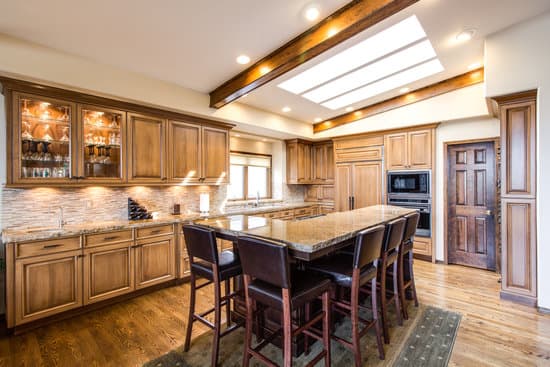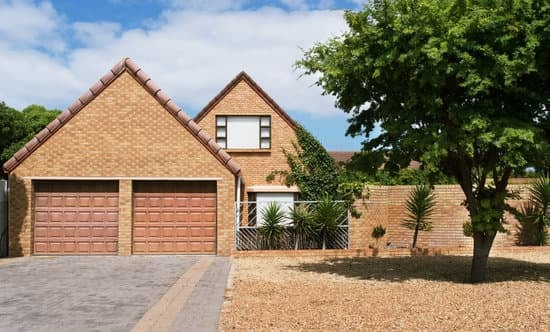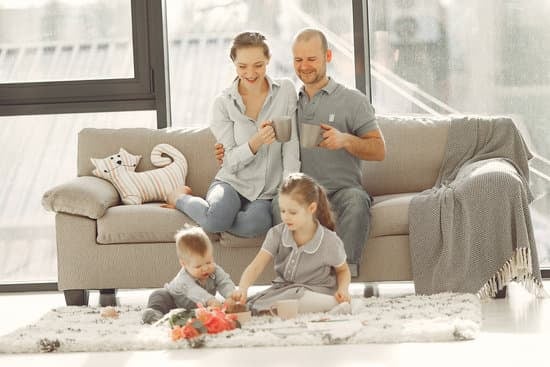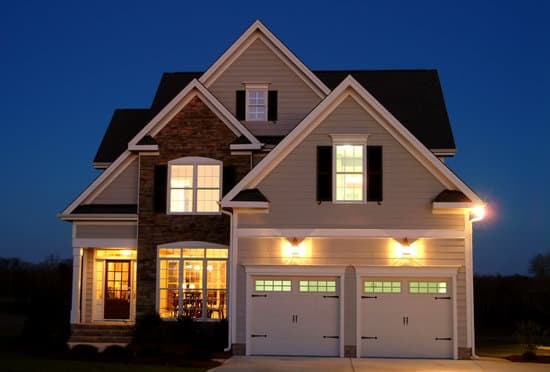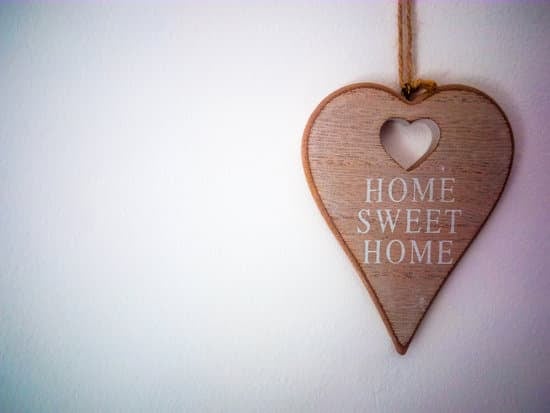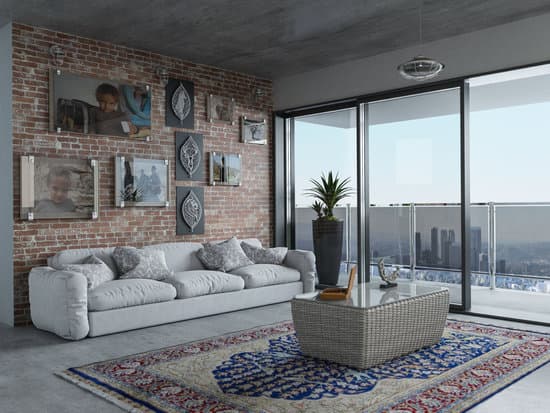What makes a home a Victorian home?
Victorian homes are known for their ornate and intricate design details, featuring a unique combination of architectural styles and colorful facades. These homes were popular during the reign of Queen Victoria in the mid to late-19th century and were built to reflect the prosperity and optimism of the era. There are several key features that distinguish Victorian homes from other architectural styles, including their roof structure, exterior design elements, interior details, and connection to the industrial revolution.The Unique Roof Structure of Victorian Homes
The most distinctive feature of a Victorian home is the steeply pitched roof with gabled roofs, giving the impression of a grand and imposing structure. Additionally, many Victorian homes feature round towers, which are a hallmark of the design of that time. Architects sought to design homes that would draw the eye towards the top of the house, and that is why rooflines were an important part of the overall design. Some examples of Victorian roof structures include:- Gabled roofs
- Hip roofs
- Steep-pitched roofs
- Complex rooflines
- Round towers
Towers, Turrets, and Dormers: A Look at Victorian Home Exteriors
In contrast to earlier architectural styles, which emphasized symmetry and simplicity, Victorian homes embraced asymmetrical design elements and ornate details. The exterior of a Victorian home is usually characterized by towers, turrets, and dormers, which add visual interest and dimension to the facade. These elements are often paired with decorative trim, ornate porch railings, and intricate columns. A few classic examples of Victorian exterior design elements include:- Towers
- Turrets
- Dormers
- Ornate trim
- Porch railings
- Intricate columns
The Evolution of Architectural Design in Victorian Homes
The advent of new materials and construction techniques during the Victorian era allowed architects to experiment with new design elements that would have been impossible or impractical in earlier periods. This led to the emergence of several sub-styles of Victorian architecture, including Gothic Revival, Italianate, Second Empire, and Queen Anne. Each sub-style is characterized by its own unique features and ornamentation, but all fall within the broader umbrella of Victorian design. Architects during the Victorian era were inspired by historical styles, but also sought to incorporate elements of modernity into their designs.Ornate Details that Define Victorian Home Interiors
The ornate and intricate details that define the exterior of a Victorian home are carried through to the interior design as well. Victorian homes are known for their rich and opulent decor, with an emphasis on texture, color, and pattern. Interiors are characterized by molding, carved woodwork, decorative hardware, and elaborate wallpaper. Some classic examples of Victorian interior design elements include:- Molding
- Carved woodwork
- Decorative hardware
- Elaborate wallpaper
- Stained and leaded glass
- Rich fabrics






